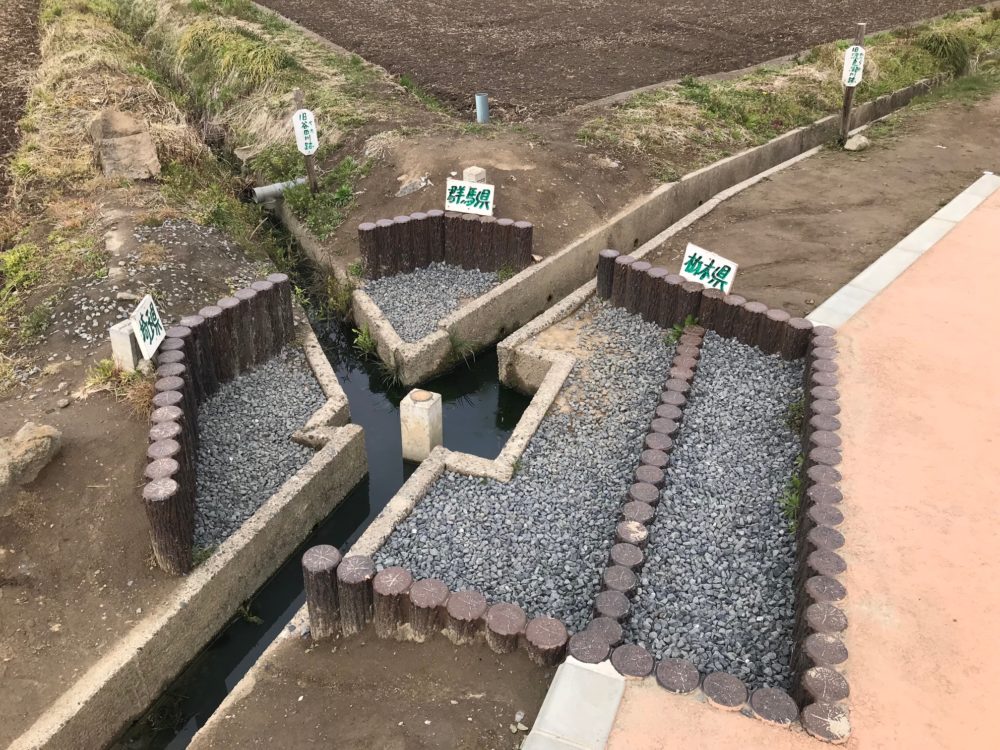Imo Kaido – Sweet Potato Road
sightseeing

This road is lined with farm houses responsible for producing Miyoshi-machi’s specialty sweet potato “Fuji no Kawagoe Imo." When in season in September through January, the farmers raising their banners in unison to signify that many sweet potato varieties are now available for purchase is a sight unique to this area. There are also farmers selling ice cream, yōkan (gelled red bean wagashi) and shōchū made from Fuji no Kawagoe Imo. The large Japanese elm trees on either side of the road are another popular attraction.
Basic Information
Location
Saitama Prefecture Iruma District Miyoshi Kamitome 1279-3 Outskirts (Total Length of About 1.5 km)
TEL
※Depends on each farm
FAX
※Depends on each farm
Business hours / Fee
Business hours
※Changes depending on the farmhouse.
Regular holiday
※Changes depending on the farmer.
Fee
※The price of sweet potato will vary based on farmer.
How to get there
Public transport
A 5 minute walk from “Genzaemon Shinden” bus stop of the Kokusai Kōgyō Bus
Parking
※Depends on each farm










